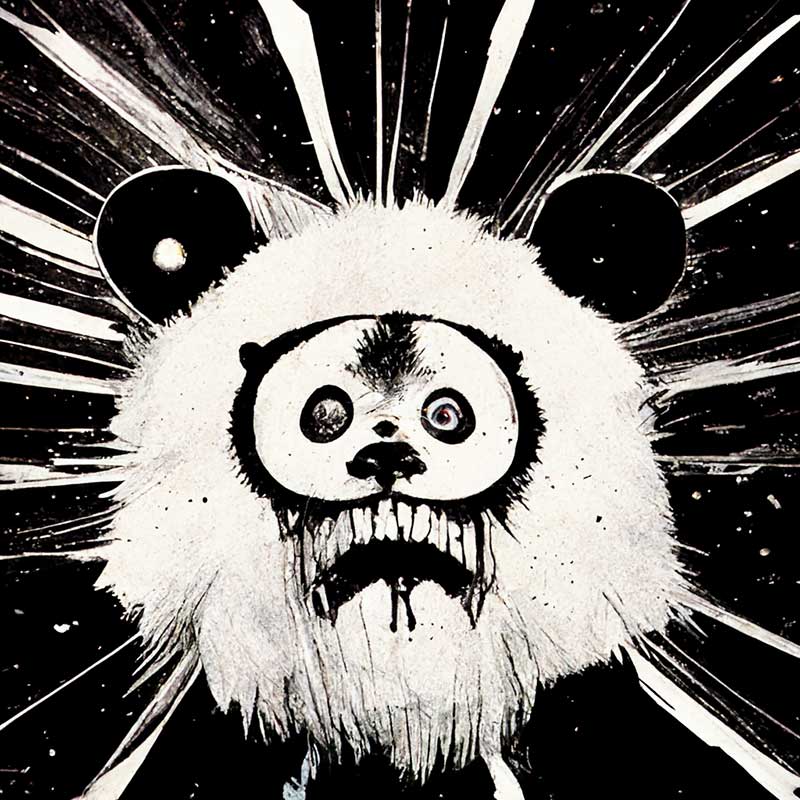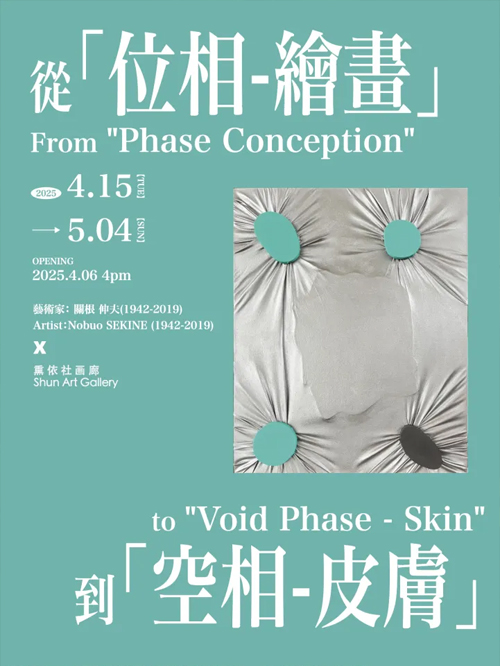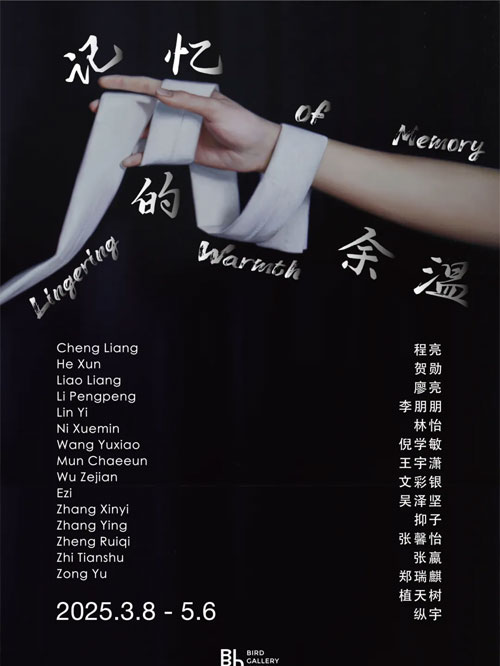關根伸夫的《位相-大地》在1968年10月神戶須磨離宮公園誕生,它也是日本物派運動的開啟之作。我們正在AAEF藝術中心舉辦「物派的淵源-以位相大地為中心」展,一樓展廳懸挂了與《位相-大地》原作品相同尺寸的圖片(攝影:村井修),二樓的文獻展廳在展牆上也展示了《位相-大地》的再現圖片。
Nobuo Sekine’s Phase-Mother Earth was first realized in October 1968 at Suma Rikyu Park in Kobe, marking the origin of Japan’s Mono-ha movement. AAEF Art Center is hosting the exhibition The Origins of Mono-ha: Focusing on Phase-Mother Earth. The first-floor gallery presents a large-scale hanging image of the same size as the original work Phase-Mother Earth (photography by Osamu Murai), while the second-floor documentation gallery also displays reproduced images of Phase-Mother Earth on the exhibition wall.
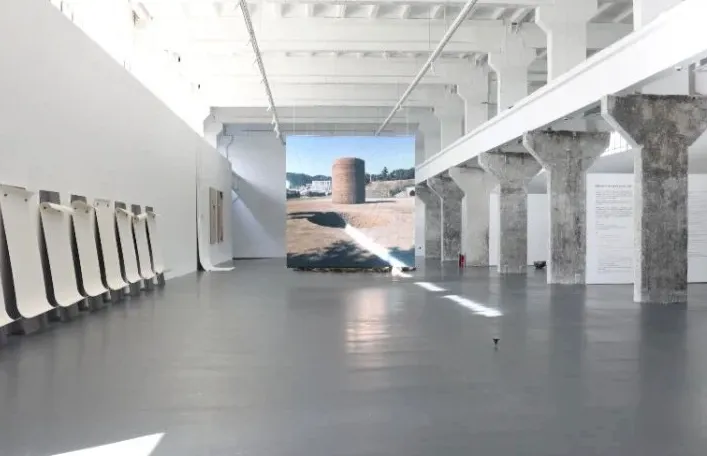
作為藝術中心的展覽延伸,我們特別策劃關根伸夫的平面作品以外圍展的形式呈現,梳理其藝術生涯中極具思辯張力的兩大系列:象徵觀念迸發的早期作品《位相-繪畫》與彰顯哲思深度的晚期作品《空相-皮膚》。
As an extension of the exhibition, we have specially curated a satellite show dedicated to Nobuo Sekine’s painting, highlighting two of the most intellectually compelling series in his artistic career: Phase Conception, an early body of work that embodies conceptual burst, and Void Phase-Skin, a later series that reflects profound philosophical depth.
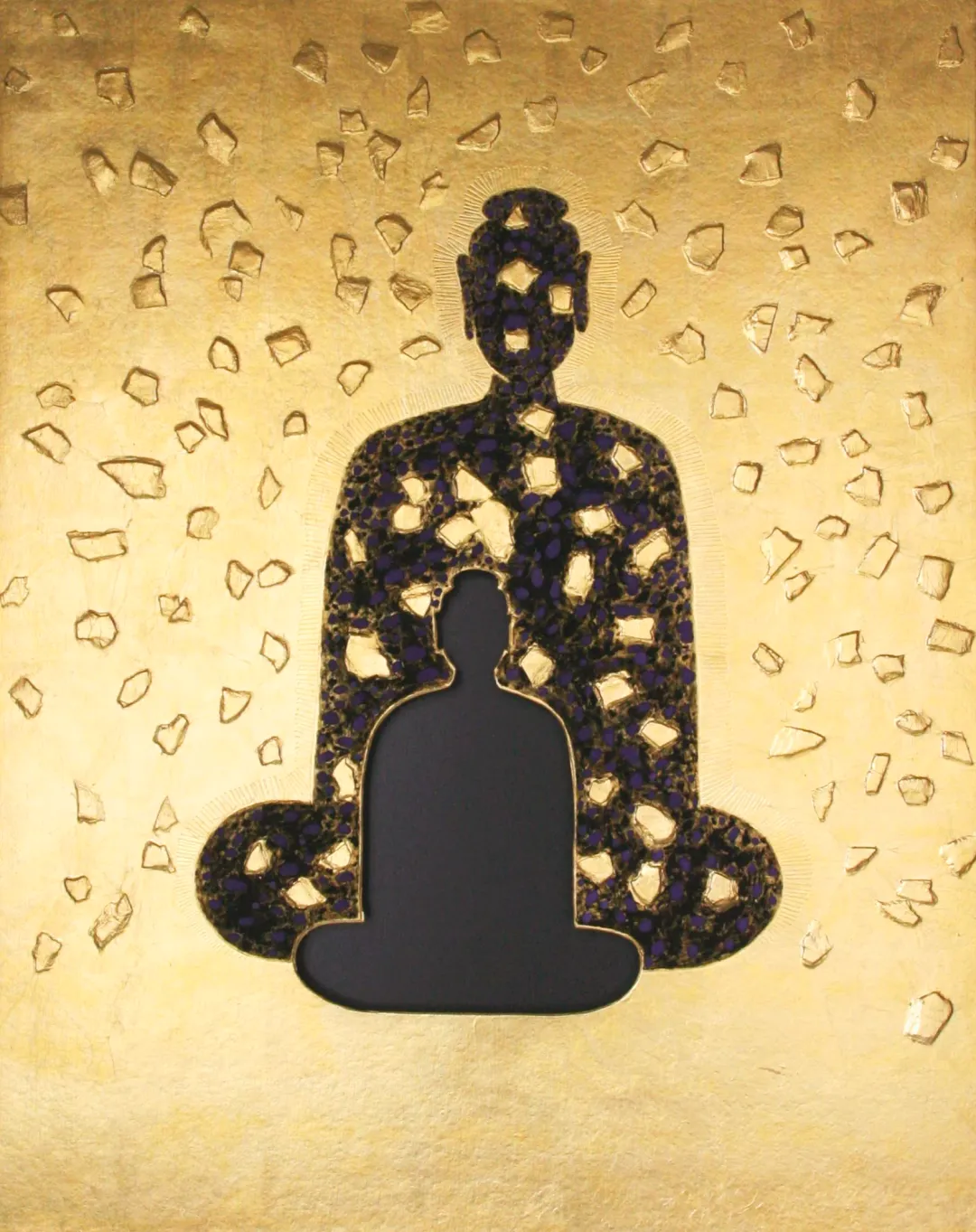
佛身法華 G30-083 Buddha G30-083
關根 伸夫 Nobuo SEKINE
和紙,18K 金箔 Japanese paper, 18k gold foil
90.9×72.7cm
2009
關於早期的《位相-繪畫》藝術家本人有詳細的自述,他運用位相空間概念(拓撲學)、對禪宗的思考、零和博弈的經濟學理論,對觀念藝術、極簡藝術,以及封塔納(Lucio Fontana)和克萊因(Yves Klein)的思想有了更深一步的理解和延續。
在《位相-繪畫》系列裡,藝術家將割裂,拼貼和劃痕同時並置在一張畫布上,讓和紙在水和空氣中逐漸形成一個型態,且在多層的和紙的表面覆蓋金箔與黑鉛形成陰陽。
Sekine provided a detailed account of his early Phase Conception series, in which he integrated topological space, Zen thought, and zero-sum game theory, building upon and extending the ideas of Conceptual Art and Minimalism, as well as the philosophies of Lucio Fontana and Yves Klein.
In these series, he juxtaposed rupture, collage, and incision on a single canvas, allowing washi paper to evolve naturally in water and air while layers of washi were covered with gold leaf and graphite to create an interplay of yin and yang.
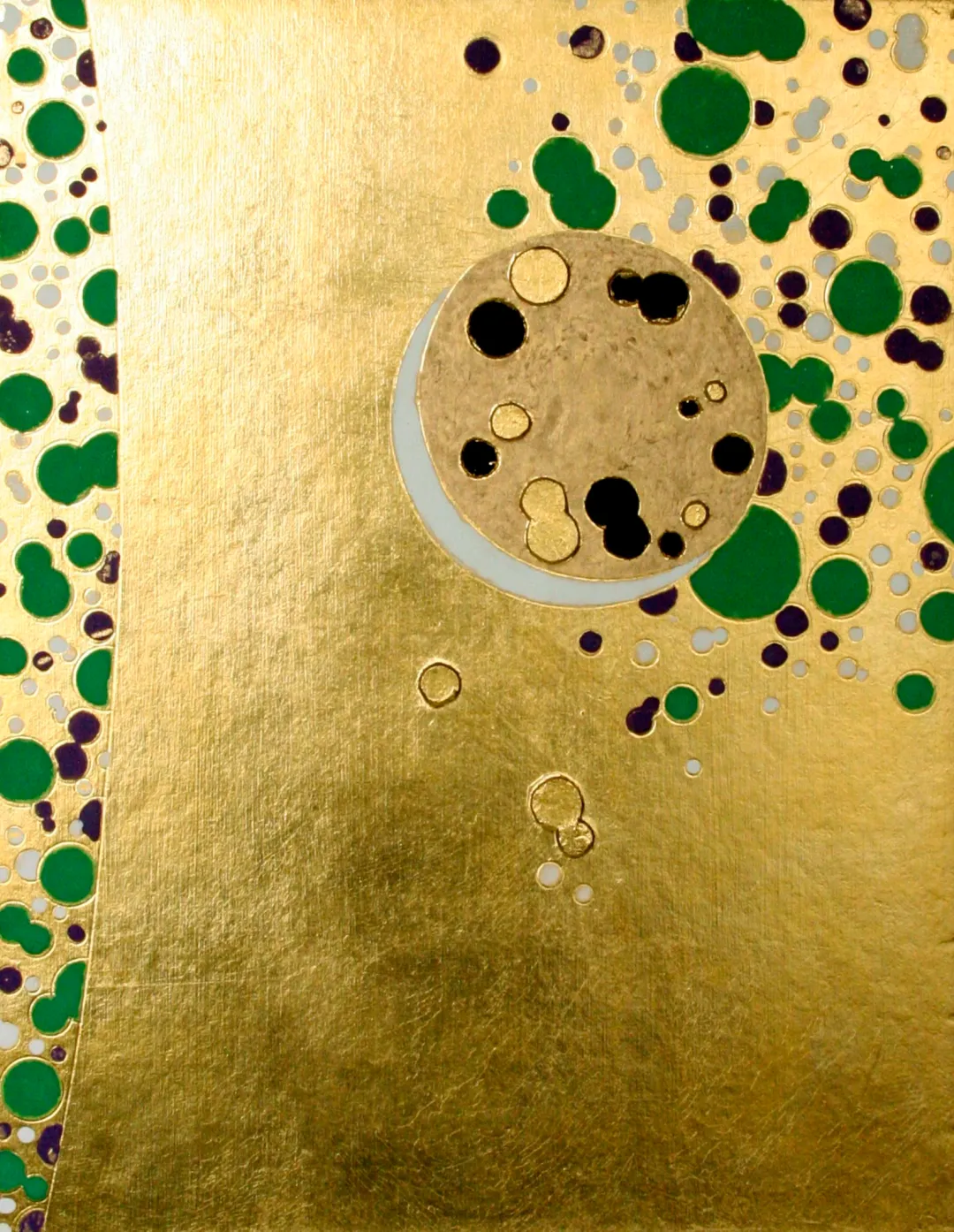
散華 G6-304 Scatting flowers G6-3043
Scatting flowers G6-3043
關根 伸夫 Nobuo SEKINE
和紙,18K 金箔 Japanese paper, 18k gold foil
40.9×31.8cm
2009
然而,觀念藝術裡的藝術家的自述與藝術界的評論大多集中在《位相-大地》上,《位相-繪畫》的評論體系並沒有深入下去,晚期的《空相-皮膚》更是如此。
However, the conceptual art artists’ statements and art critical reviews have focused mainly on Phase-Mother Earth. In contrast, the critical framework surrounding Phase Conception has remained underexplored, even more so for the later Void Phase-Skin series.
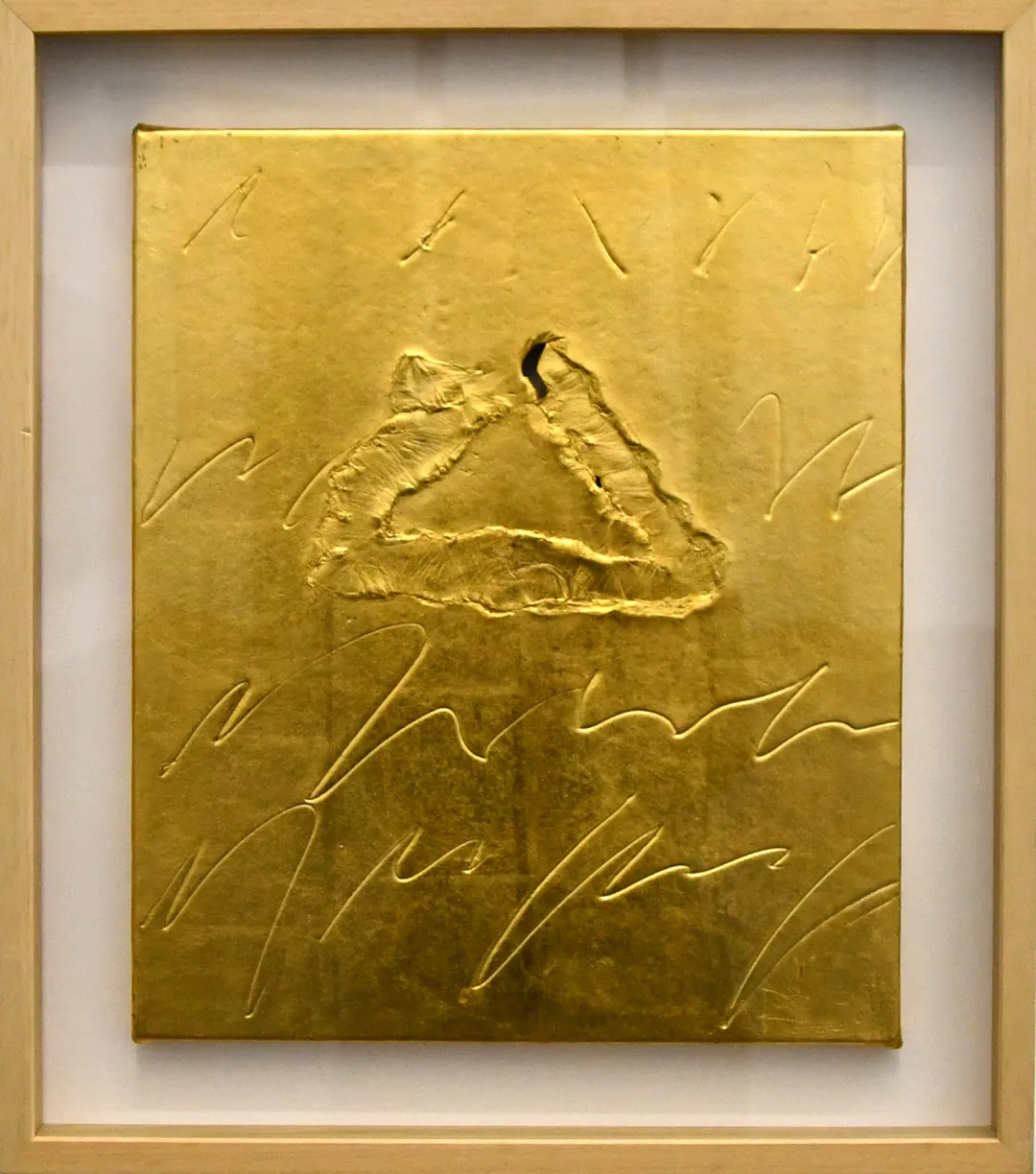
G8-29 「 △ 」
関根 伸夫 Nobuo SEKINE
和纸,18K 金箔 Japanese paper, 18k gold foil
45×38cm,59×52cm/Frame Size
1988
此次外圍展把這兩個系列展現出來,希望可以讓關根對極簡藝術、行為繪畫、空間與時間,以及陰陽等東方哲學的思考,重新映入大家的眼簾,揭開這段被遮蔽的藝術歷程。
This satellite exhibition brings these two series to light, aiming to reintroduce Sekine’s reflections on Minimalism, action painting, space and time, as well as the yin-yang dualism of Eastern philosophy, thereby reviving a chapter of art history that has long been overshadowed.

空相-皮膚 No.70 Phase of Nothingness - Skin No.70
關根 伸夫 Nobuo SEKINE
綜合材料 Mixed Media
127×101.6 cm
2016
後疫情時代,美國進入特朗普第二施政時代,世界新秩序何去何從?韓國總統錮鐺入獄,AI時代快速到來。在不確定時代,關根的平面作品的起始與終結給我們什麼啟示?終究我們在零和博弈中「失去」和「得到」了什麼?
In the post-pandemic era, as the world faces uncertainties with the United States entering Trump’s second term, Korea’s president imprisoned, and the rapid rise of AI —what insights do the beginnings and endings of Sekine’s works offer us? Ultimately, in this zero-sum game, what have we lost, and what have we gained?
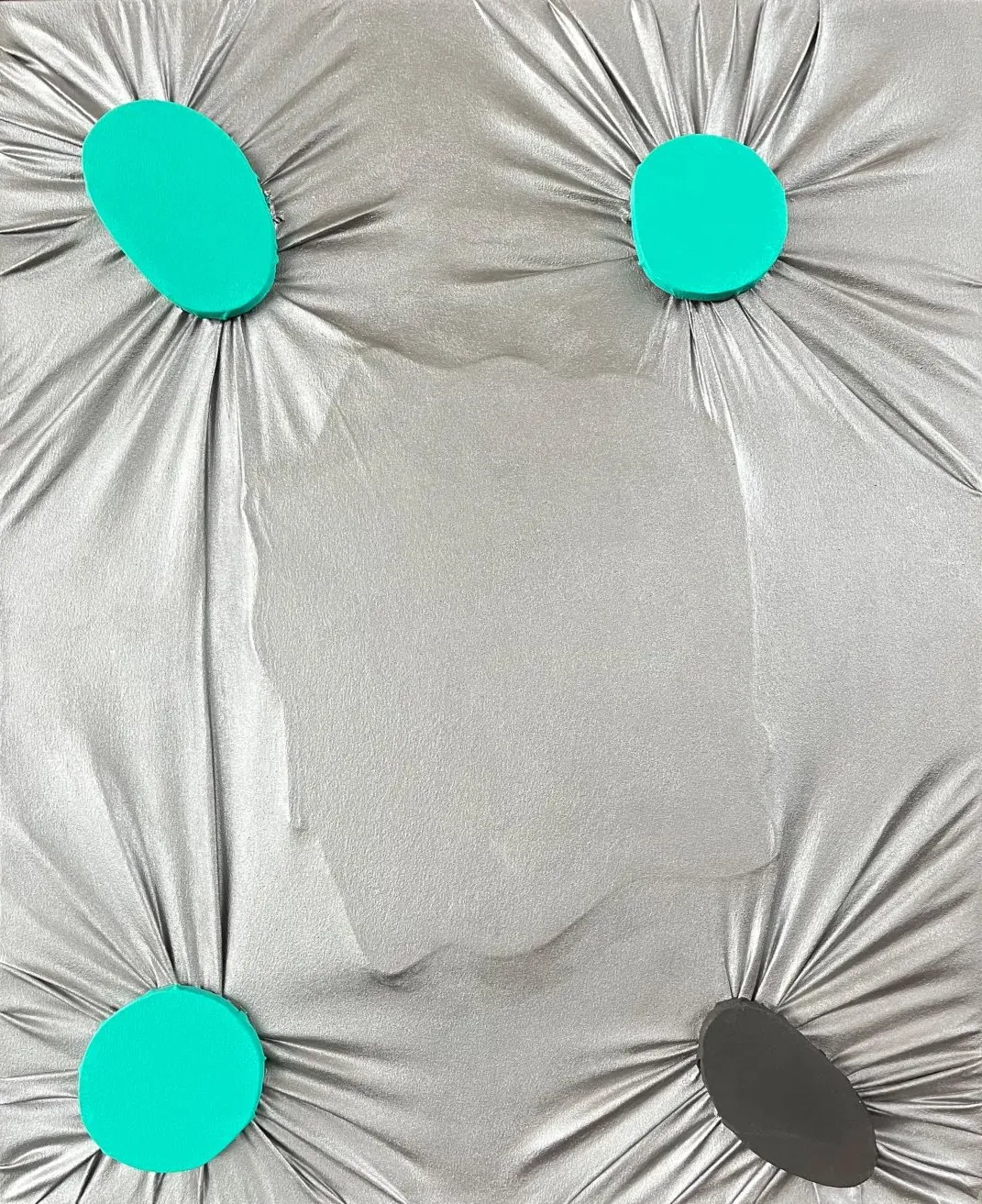
空相-皮膚 No.68 Phase of Nothingness - Skin No.68
關根 伸夫 Nobuo SEKINE
綜合材料 Mixed Media
127×101.6 cm
2016
一個 對本質性的「存在之問」拋給我們在世的人們,好的作品不正是一次優質的「發問」嗎?
A fundamental question of existence is posed to those of us who remain. After all, isn’t a great work of art, at its core, an exceptional question?
Shun於東京工作室
Shun at Tokyo Studio


關根 伸夫
Nobuo SEKINE(1942~2019)
關根伸夫,1942年出生於埼玉縣大宮市(現埼玉市)。藝術家在多摩美術大學及其研究生院師從齋藤義重。1968年,《位相-大地》在神戶須磨離宮公園現代雕塑展上展出,並獲得了朝日新聞社獎。這件作品成為了“物派”運動的起點,是戰後日本美術史上不可或缺的壹部分。1970年,《空相》在威尼斯雙年展上展出,之後在意大利活躍了兩年,1973年回國後成立了環境美術研究所。
在繼續創作藝術的同時,也從事公共空間的工作。從1991年到2015年,在多摩美術大學美術學部雕塑學科和環境設計學科擔任教授。關根伸夫於2019年5月13日去世,享年76歲。
Nobuo Sekine was born in 1942 in Ōmiya, Saitama (now Saitama City). Artist studied under Yoshishige Saito at Tama Art University and its graduate school. His groundbreaking work Phase-Mother Earth, exhibited at the Suma Rikyu Park Contemporary Sculpture Exhibition in Kobe in 1968, won the Asahi Newspaper Award and is often credited as a starting point for the Mono-ha movement, an essential part of post-war Japanese art history. In 1970, Sekine’s work Phase of Nothingness was exhibited at the Venice Biennale, after which he spent two years working in Italy.
Upon returning to Japan in 1973, Sekine founded the Environmental Art Research Institute, which focused on public space projects. Alongside his art practice, Sekine taught sculpture and environmental design at Tama Art University from 1991 to 2015. He passed away on May 13, 2019, at the age of 76.
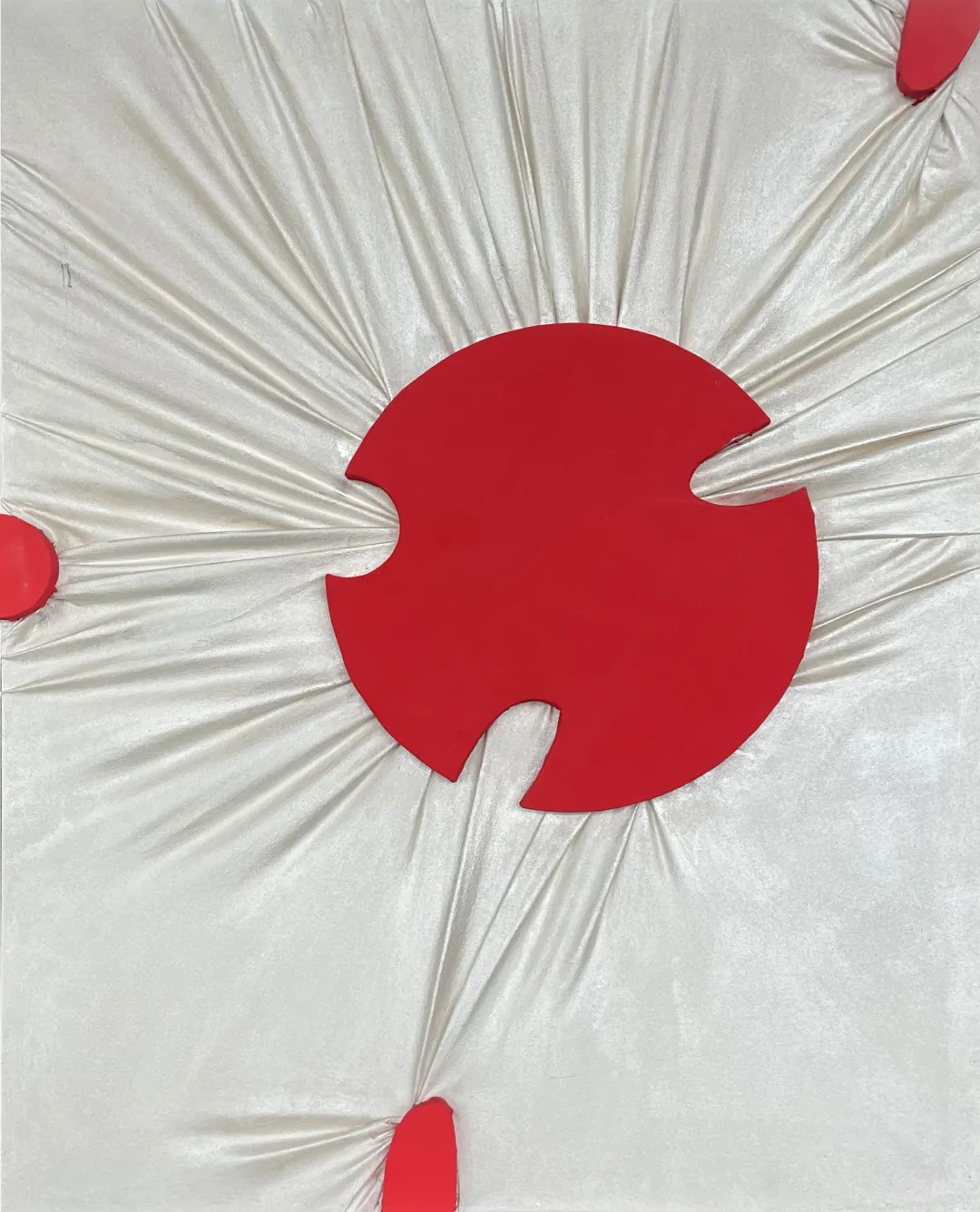
空相-皮膚 No.65 Phase of Nothingness - Skin No.65
關根 伸夫 Nobuo SEKINE
綜合材料 Mixed Media
127×101.6 cm
2016
環境美術研究所成立於1973年,由關根伸夫等人創立。該研究所負責設計和規劃公園、廣場等公共空間,並製作了許多紀念碑、噴泉群雕塑和石雕。主要的作品包括新座市役所市民廣場(1974年)、奧久慈的森一昭和森紀念塔廣場(1979年)、新潟站南口站前廣場——Symbol Zone(1982年)、世田谷美術館壁泉雕塑《水舞台》和公園入口紀念碑《風景之門》(1986年)、東京都廳舍前廣場紀念碑《水之神殿》和雕塑《天空的基座》(1991年)、東京都多磨靈園御魂堂(1993年)等。該研究所大約在2010年關閉。
The Environmental Art Research Institute was established in 1973 by Nobuo Sekine and others. The institute is responsible for the design and planning of parks, squares and other public spaces, and has produced many monuments, fountain group sculptures and stone sculptures. Major works include Niza City Hall Citizen Plaza (1974), Okukuji's Moriichi Showa and Mori Memorial Tower Plaza (1979), Niigata Station South Exit Station Square - Symbol Zone (1982), Setagaya Museum of Art Wall Spring Sculpture "Water Stage" and park entrance monument "Scenery Gate" (1986), Tokyo Metropolitan Government Building square monument "Water Temple" and sculpture "Sky Pedestal" (1991), Tokyo Tama Cemetery Yuhun Tang (1993) etc. The institute closed around 2010.

